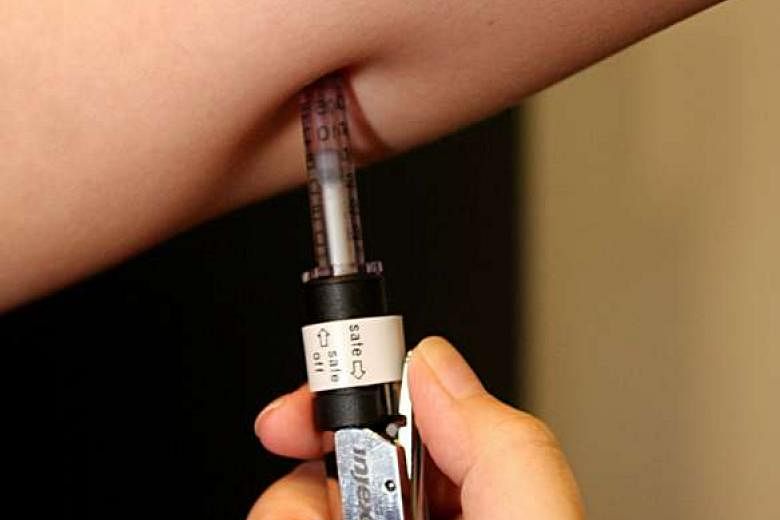CHICAGO (REUTERS) - An experimental HIV vaccine from Johnson & Johnson combined with an immune system booster from Gilead Sciences Inc showed promise at keeping the virus at bay in monkeys even after treatments had stopped, marking yet another step toward the development of a so-called functional cure for HIV.
Both companies are currently testing the products separately in early-stage trials in people with HIV.
The study, published on Wednesday (Nov 9) in the journal Nature, evaluated monkeys infected with simian immunodeficiency virus, the monkey version of HIV, and showed the treatments were much more effective when used together than separately.
All nine monkeys that got both treatments showed significantly reduced viral loads. In three of them, the combination therapy has kept the virus at bay for six months after anti-retroviral therapy or ART drugs were stopped.
The study is part of ongoing efforts to develop a so-called functional cure for HIV that would allow people infected with the virus to stop taking daily anti-retroviral therapy.
"Current anti-retroviral drugs, although they're lifesaving, do not cure HIV. They merely hold it in check. We are trying to develop strategies to achieve ART-free, long-term viral suppression," said study author Dr Dan Barouch, a vaccine researcher at Harvard-affiliated Beth Israel Deaconess Medical Center in Boston.
For the study, the team used what is known as a "kick and kill" approach. The two-punch strategy is designed to lure dormant HIV-infected immune cells out of hiding places in the body and then attempt to eradicate them.
The trial evaluated a therapeutic vaccine called Ad26/MVA, which J&J and partners are testing in early-stage human trials.
The vaccine works by provoking a broad immune response from the adaptive immune system, the part that recognizes specific pathogens and produces lasting immunity.
They combined this with Gilead's experimental drug called GS-986, a so-called TLR-7 agonist that kickstarts the innate immune system, a more generalised line of defense that mounts the body's initial response to infection.
Gilead is also testing this in trials of HIV-infected patients.
In the study, they evaluated 36 monkeys infected with SIV that had been treated with ART for six months to get the virus under control. They then divided the group into four arms, with one getting the Ad26/MVA vaccine alone, another getting the TLR-7 agonist alone, a third getting the combination of the two, and a fourth getting a placebo.
Then, they discontinued ART in all of the animals and monitored levels of the virus in their blood and lymph nodes.
Animals that got Gilead's TLR-7 agonist saw no benefit and the virus quickly rebounded. Those that got the vaccine alone showed some reduction of viral load and a modest delay in viral rebound. The biggest effect was in the combination group, which saw a 2.5 times longer delay in viral rebound compared to the control group.
In this group, levels of virus in the blood were 50 times lower than in the controls, and the virus fell to undetectable levels in three of the animals, which have been off ART for six months with no viral rebound.
"If all the animals' viral loads had been undetectable, that would have been a home run," said Barouch. "But the fact that all animals showed a reduction in viral load and three out of nine were undetectable, that's a solid base hit. It's definitely something that we can work from."
Barouch said his team has been in talks with both companies to test the combination therapy in patients with HIV.

